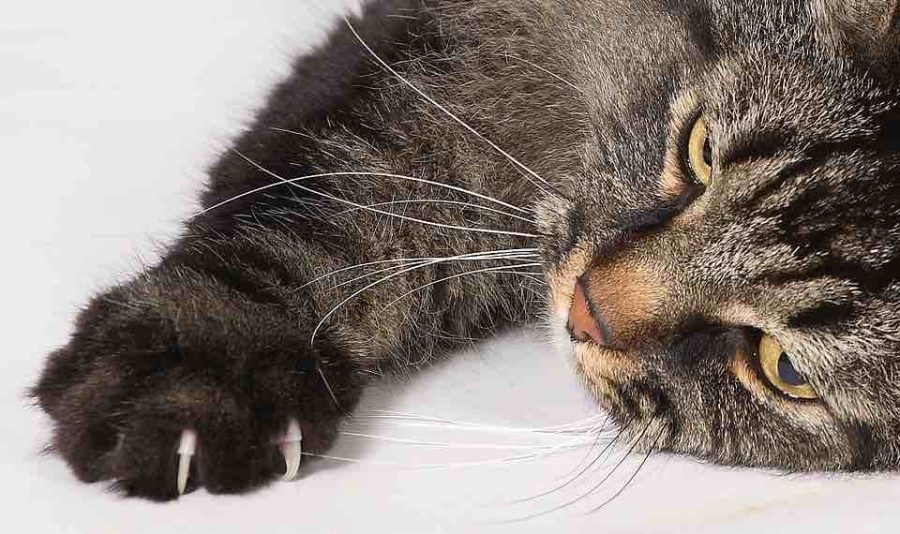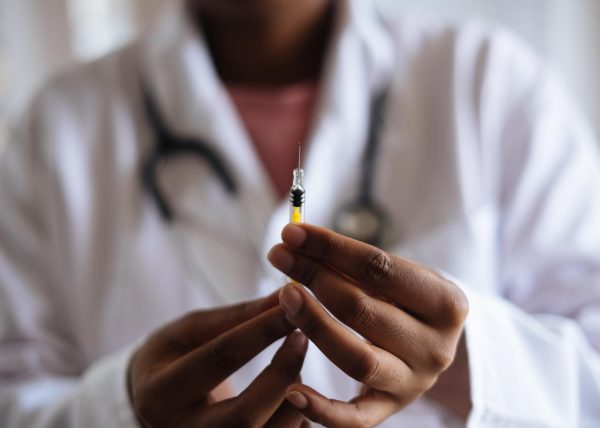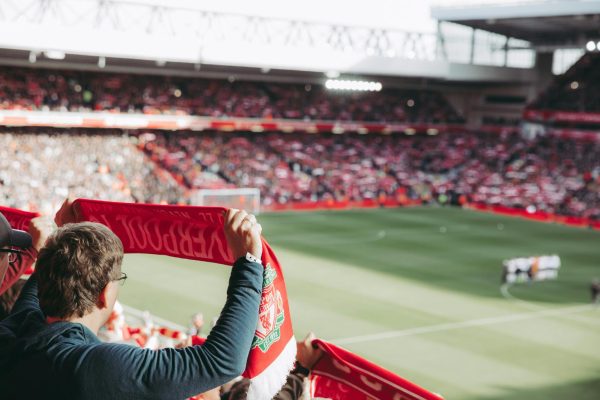Cat Declawing Now Banned in Denver
Only a few places around the US have banned the declawing of cats and now Denver has joined them. According to the New York Times, “a City Council member there [Denver] has proposed a bill that would ban declawing the animals, saying the procedure is painful and unnecessary”. New York Times also reported that, “supporters of the bill say declawing is like amputation because it removes part of the bones in the cat’s paw, rather than just extracting the scythe-like claws”. One of the main reasons that cats were being declawed in the first place was because owners didn’t want their pets to ruin their furniture therefore they had them declawed. This procedure is completely unnecessary and unfair to cats and even effects their emotions and moods.
Following the procedure many cats can show signs of mental and physical complications. Good News wrote that “while eight California cities have banned declawing since 2003, New Jersey became the first state to ban the controversial procedure entirely in November 2016”. Aubrey J. Lavizzo, a veterinarian and a director of the Paw Project reported to The New York times that “It’s cruel”. Good News has said that “over 20 other countries in the world have already adopted declawing bans because it’s considered animal cruelty”. Denver is just the latest to see the cruelty behind declawing. But what actually happens when a cat is declawed?
New York Times reported that “the procedure of declawing, called onychectomy, calls for amputation of a piece of bone, in which the claw is embedded, from the cat’s toe remnants of the bone can stay in the paw, and since most of a cat’s weight is borne on its front paws, cut tendons, nerves and blood vessels mean the paws cannot be used in a normal way”. This is why cats tend to have a change in behavior after they’re declawed because they’re uncomfortable all the time. Denver has finally taken the steps to ban this horrible surgery and spare domestic cats the pain and discomfort of losing their claws.











